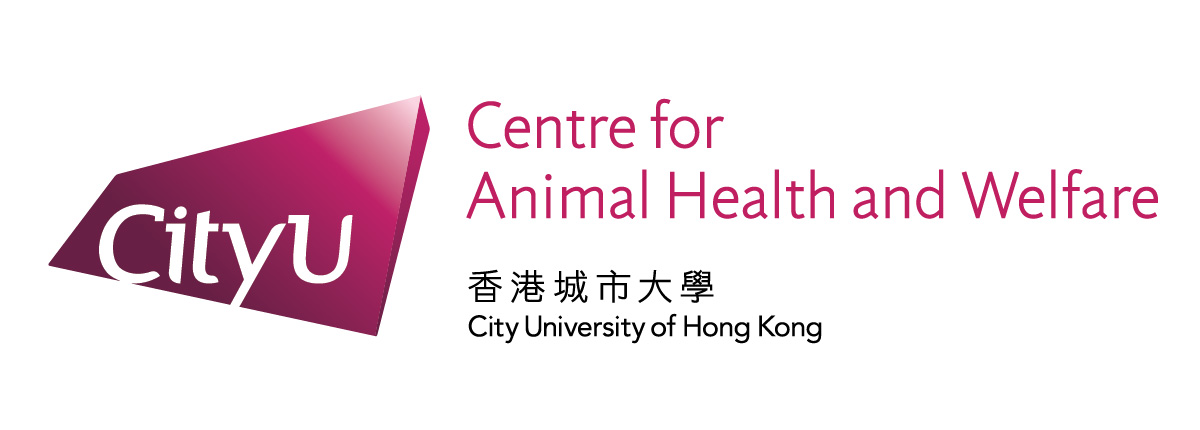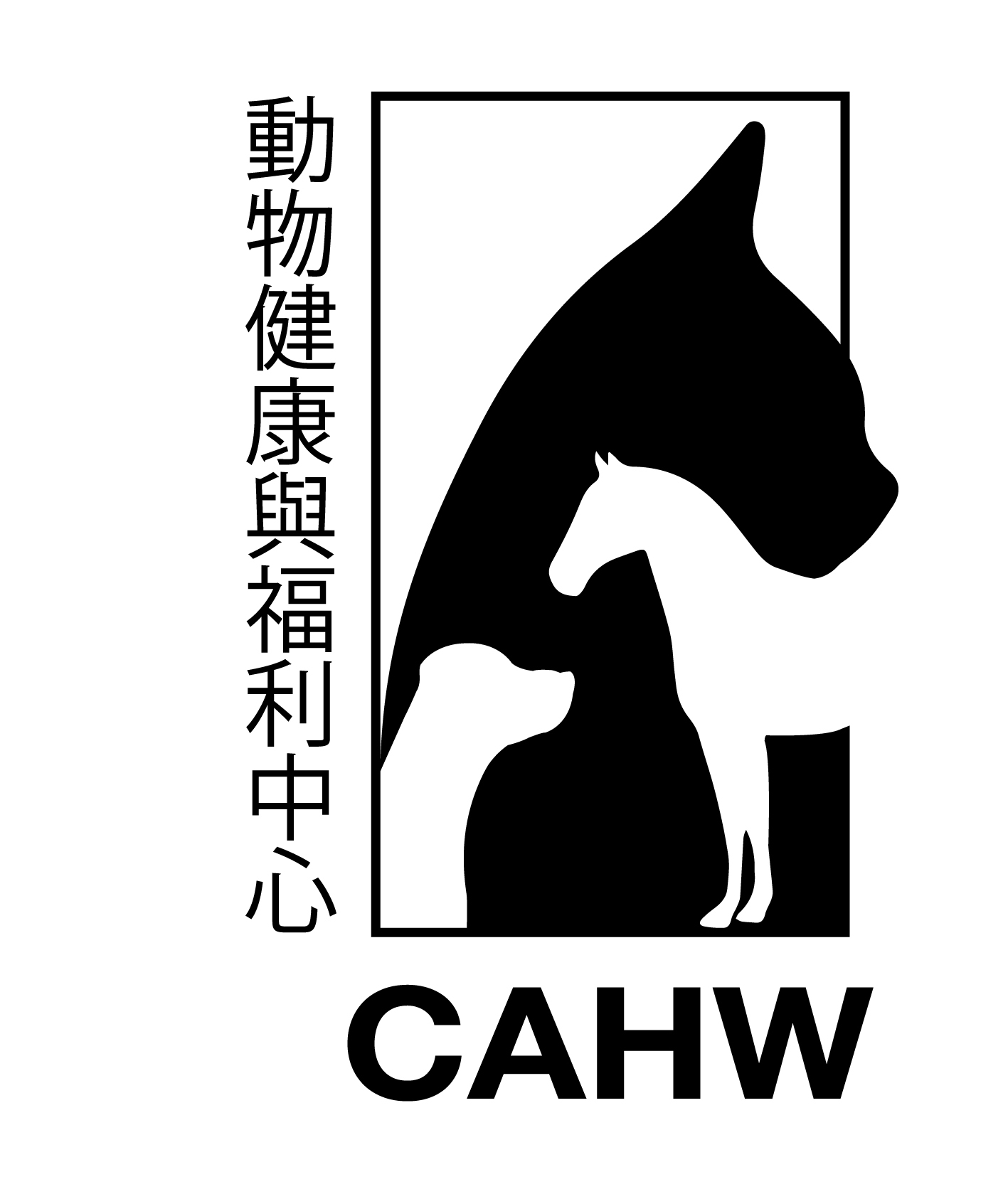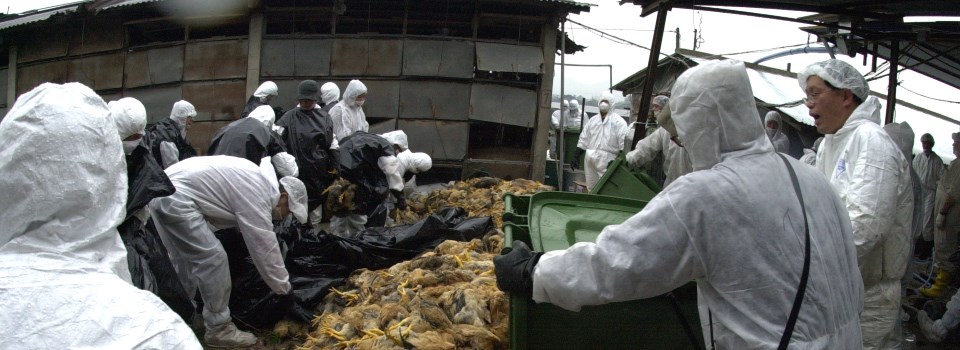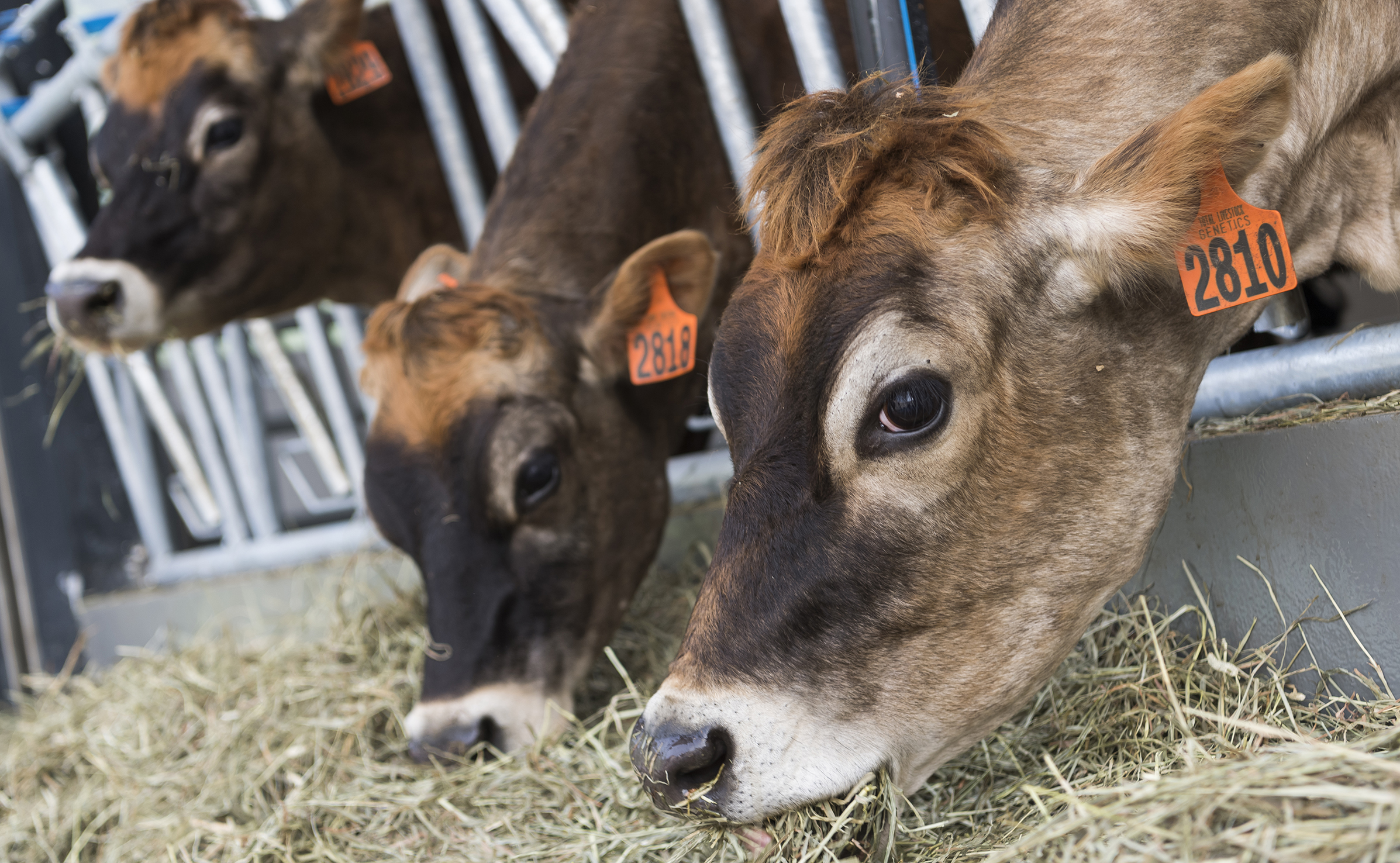

It goes without saying that for modern veterinarians, the welfare of animals under their care, and the promotion of animal wellbeing are lifelong vocations. This approach to animals is not a recent development but has its origins far back in history as illustrated by many different religions and cultures. To give an ancient illustration, the founder of Buddhism in India is quoted as saying "When a man has pity on all living creatures, then only, is he noble.”
What has changed is the advent of science in the 18th century. The scientific method has given us tools by which we can answer qualitative and quantitative questions such as: Is the procedure painful or not? And if so, how painful is it? Or, is this way of managing animals stressful or not? And if stressful how stressful is it? How does it compare to other stresses in life? It is no coincidence therefore that the first modern veterinary schools were founded in the 18th century.
Throughout the 19th century and the first half of the 20th century, major advances in animal welfare were made mainly in the control of major animal diseases and the increased knowledge in the correct way to manage, feed, nourish and look after animals. However, by the second half of the 20th century, critics of the veterinary profession pointed out that while there had been many advances, the veterinary profession’s work with animal welfare was haphazard and lacked focus. Thus, the profession, while reasonably knowledgeable about animal welfare as individuals, was poor at presenting and explaining animal welfare issues to society as a whole. This left society in unnecessary ignorance and increased the risk of people not looking after their animals properly. In modern times, this approach to animal welfare has improved greatly, and now all vet schools have staff who make significant contributions to both the teaching and research related to animal welfare. As a result, many societies in this world are much better informed about animal welfare issues.
The JCC recognizes the advancement of better animal welfare as being fundamental to its aims. It has therefore established the Centre for Animal Health and Welfare (CAHW). The CAHW is an Applied Strategic Development Centre of CityU that was formed in 2020. The CAHW is a multidisciplinary team of veterinary medicine and affiliated disciplines researchers, with complementary expertise and shared core values of excellence, integrity and compassion.
The mission of the CAHW is to improve the quality of life of animals by producing high impact research bringing evidence-based solutions to address major health and welfare problems in Hong Kong and beyond.
Aquaculture is one of the oldest animal production industries yet the development of intensive aquaculture is a very recent phenomenon, which has only really taken off since the early 1980s. Since then, aquaculture has been the fastest growing animal production industry in the world. With an average annual growth of around 10%, the global aquaculture industry is now larger than the beef industry and in 2012 even exceeded the size of capture fisheries (i.e., wild caught aquatic products) with global production peaking in the 1990s. With such rapid growth and intensification, sustainability has become a real challenge for the industry.
Aquaculture in Asia and Mainland China now accounts for over 60% of global production. It employs millions of people and provides an important source of protein, especially in less developed countries. Since fish are poikilotherms and do not have to expend any energy in keeping their bodies at a certain temperature, unlike mammals, fish are able to convert food into edible mass much more efficiently than other domesticated livestock.
Being geographically located in the centre of the Asian, aquaculture industry presents the JCC with a unique opportunity to assist this industry with its fish health needs. As such, we have identified aquatic animal health as one of the subject areas for our veterinary programme. Students will have ample exposure and training in aquatic animal health so that the next generation of veterinarians can aid farmers in aquatic animal disease diagnosis as well as treatment and control of infectious and non-infectious conditions affecting aquaculture species.

Over 70% of infectious diseases which have emerged during the last 50 years have been zoonotic (able to be transmitted from animals to humans). Hong Kong has been at the centre of two such incidents, one was the first avian influenza outbreak in 1997 and the other the SARS outbreak in 2002-23, both involving human fatalities. We have since come to the realisation that intensification and concentration of livestock-associated food production together with highly concentrated human populations in an increasingly urbanised and inter-connected world have resulted in a global, highly complex eco-social system within which the risk of emergence and spread of new and existing infectious diseases is greatly increased.
Effective management of these risks requires interdisciplinary professional skills that acknowledge the system connectedness and thereby are able to examine and manage the interaction between the eco-social system’s environmental, animal and human dimensions. Through their intensive professional training in companion and food animal health, veterinarians work at the interface between humans, animals and the environment, and therefore play a key role in the fight against zoonotic disease risks. By detecting outbreaks of zoonotic diseases early on in animal populations, veterinarians are our first line of defence for protecting human health. Veterinarians save human lives by working at every level of disease detection, from farm to national and global level surveillance, through disease diagnostic testing, research, regulatory veterinary medicine, and disease outbreak emergency response and control. Veterinary input into the management of major disease control programmes has resulted in the successful eradication of zoonotic diseases in many countries, including Hong Kong, such as bovine tuberculosis, brucellosis, rabies, trichinellosis and echinococcosis.
CityU makes a significant contribution towards safeguarding humans from emerging infectious disease threats through its undergraduate BVM Programme, its veterinary graduate research training programme and its veterinary research.

Although Hong Kong is a gourmet paradise, it imports most of its food, leaving it vulnerable to the food-producing standards of the countries from where it sources its produce. During the first decade of the new millennium, Hong Kong was subject to numerous food contamination incidents, such as melamine in milk and malachite green in fish, to name just two.
Food safety is about handling, storing and preparing food to prevent infection and to ensure that our food retains sufficient nutrients for us to have a healthy diet (FAO). Unsafe food containing harmful microorganisms or chemical residuals, creates a vicious cycle of disease and malnutrition, and may be life-threatening, especially for infants, young, elderly, and sick people (WHO).
Until the establishment of the JCC, Hong Kong had no veterinarians who primarily work on farms or in food safety. Yet there are 43 pig and 28 poultry farms providing locally produced meat which previously had no access to specialist veterinary input. The lack of clinically practicing veterinarians in this field posed a risk for food safety given that 57% of poultry and 7% of pig meat are locally produced. Even if local farmers wanted to practise the 'farm-to-fork' food safety principles, the lack of veterinarians made this impossible. The JCC now runs an ambulatory service providing veterinary service to the local pig and poultry farms which will also provide the undergraduate veterinary students with opportunities to gain on-farm experience in poultry and pig medicine.
Furthermore, there are no veterinary inspectors within the slaughterhouse post-mortem inspection line, which differs from the standards of most developed countries that require veterinarians by law to inspect meat products during the slaughter process prior to marketing and consumption.
As most of our food is derived across international borders and from Mainland China, there is a need to ensure that imported food is of highest quality by emphasizing the important roles of veterinarians through education. Other examples of recent food scares include radiation contamination in fish, toxins in shellfish, Sudan red in chicken eggs, pesticide residues in vegetables, E. Coli STEC 0157 in beef products, Streptococcus suis in pigs and Beta agonists such as clenbuterol in pork.
Veterinarians are involved in all aspects of food safety, e.g., monitoring of livestock farms, animal marketing, control of slaughter, processing of animal products, importation, distribution, risk assessment and risk communication. Although veterinarians employed by the Food and Environmental Hygiene Department (FEHD) are required by many overseas health authorities such as the European Union to certify food products for export (e.g., mooncakes, which contain duck eggs), we do not require such certification or safety checks for our own consumption in Hong Kong.
In 2023, the JCC has become a food producer itself with the commencement of milk production at the teaching dairy farm, CityU Farm. As well as a centre for teaching BVM students, CityU Farm aims to showcase the safe and sustainable production of a commodity food (raw milk). Best practice for food safety is demonstrated by attention to detail with herd health, cleanliness, milking techniques and dairy hygiene, Speciality equipment on site includes a mid infrared spectroscope and a cell counter for constant monitoring of milk quality including bactoscans (bacterial counts) and somatic cell counts.
CityU Farm has an ambitious medium-term target to achieve net zero emissions of greenhouse gases. A key part of achieving this is using local by-products of human food manufacturing to feed the dairy herd such as brewers’ spent grains, bread waste, biscuit waste and soya hulls. The nutritional quality of these by-products will be analysed on site with a near infrared spectroscope. The herd is bedded on sawdust from recycled wood waste. The effectiveness of various feed supplements to reduce the herd’s methane production from rumination will also be investigated.
